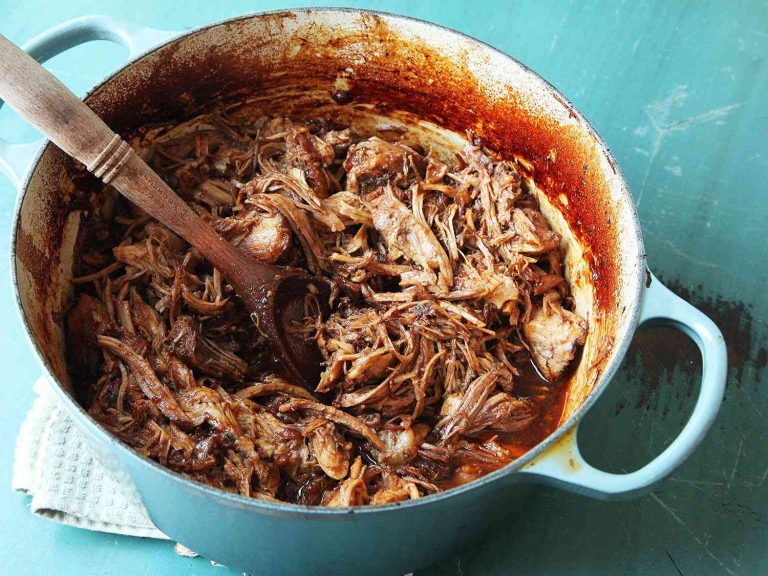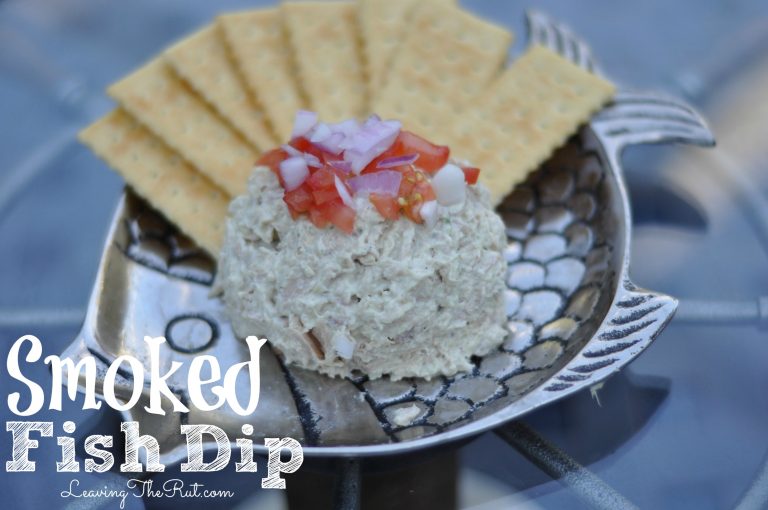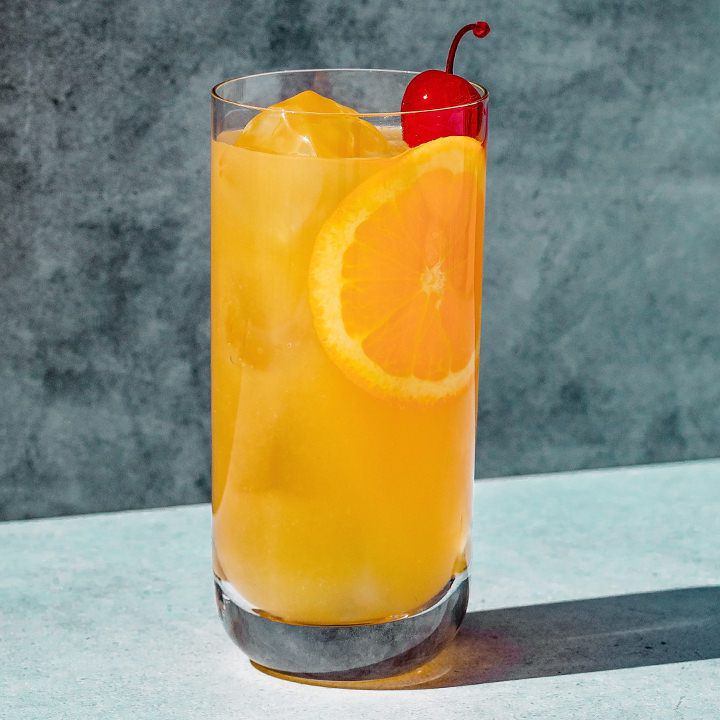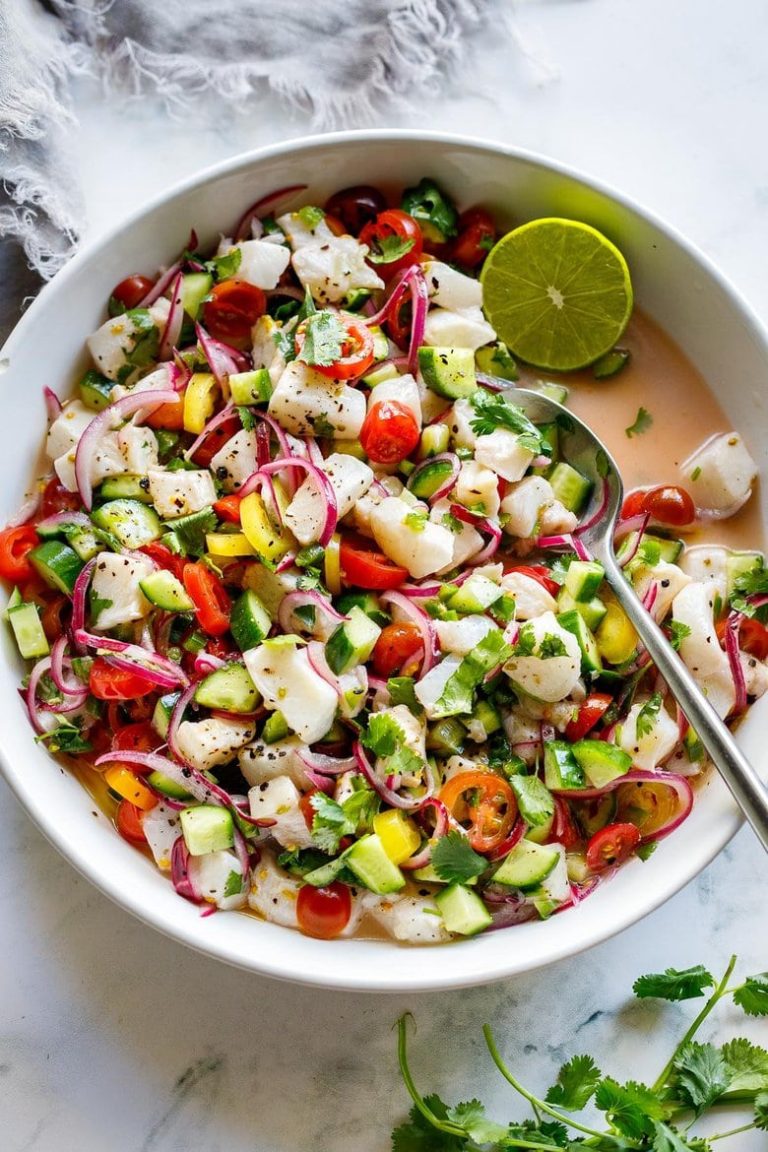Classic Fish and Chips: History, Techniques, and Global Variations
British roots define the origins of classic fish and chips. In the mid-19th century, Jewish immigrants from Portugal and Spain introduced fried fish to Britain. They coated the fish in flour and fried it, creating a popular dish. The pairing with fried potatoes likely emerged simultaneously, though some accounts attribute it to Lancastrian entrepreneur John Lees, who sold fish and chips out of a wooden hut in 1863. Charles Dickens mentioned “fried fish warehouses” as early as 1839 in Oliver Twist. By the 1870s, fish and chip shops began appearing across the country, establishing this combination as a staple in British cuisine.
Evolution Over the Years
Evolution over the years has shaped the classic fish and chips we recognize today. Initially, vendors sold the dish wrapped in old newspapers, a practice phased out for hygiene reasons in the 1980s. The humble meal adapted to changing tastes and dietary preferences, including variations like gluten-free batter. Modern takes on classic recipes now include different types of fish, such as haddock or plaice, instead of the traditional cod. Additionally, sides like mushy peas and curry sauce enhanced the meal’s appeal. These evolutions preserve the essence of classic fish and chips while catering to contemporary palates.
Key Ingredients of Classic Fish and Chips
Choosing the Right Fish
Select white fish fillets to maintain the traditional taste of fish and chips. Cod and haddock are the most popular choices due to their mild flavor and flaky texture. Some regions prefer plaice or sole, which also offer delectable results. Ensure the fish is fresh, firm, and boneless for optimal flavor and presentation.
The Perfect Batter Recipe
A crisp coating defines classic fish and chips. Combine flour, baking powder, and salt for the dry mix. Add beer or sparkling water for the wet mix, incorporating bubbles for a light, airy batter. Dip fish fillets into the batter just before frying at 350°F for a golden, crispy finish.
Types of Potatoes for the Best Chips
Select starchy potatoes for the best texture with a fluffy interior and crunchy exterior. Russet potatoes perform well due to their high starch content. Slice potatoes evenly, soak them in cold water to remove excess starch, and fry twice: first at a lower temperature (around 325°F) to cook through, then at a higher temperature (375°F) for a crisp finish.
Cooking Techniques for Perfect Fish and Chips
Deep Frying vs. Air Frying
Deep frying is the traditional method for cooking fish and chips. You’ll want to use a deep fryer or a large pot filled with oil heated to 350°F (175°C) to achieve a golden, crispy texture. The hot oil fries the fish quickly, locking in moisture while creating a deliciously crisp exterior. For chips, double frying is recommended—fry the potatoes first at a lower temperature (around 325°F / 160°C) until tender, then at a higher temperature (375°F / 190°C) to crisp them up.
Air frying offers a healthier alternative. If using an air fryer, coat the fish with a thin layer of oil before placing it in the air fryer basket. Cook at 400°F (200°C) for 10-12 minutes, flipping halfway through. For chips, cut the potatoes into even slices, toss them in oil, and air fry at 400°F (200°C) for 15-20 minutes, shaking the basket periodically for even cooking.
Tips for Crispy Batter and Fluffy Chips
Achieving a crispy batter involves key steps. First, ensure the fish is dry before coating it in batter. A wet fish will cause the batter to become soggy. Mix the batter just before frying, and use cold ingredients; you can even put your batter mix in the refrigerator for a few minutes. Adding a bit of cornstarch or baking soda to the batter mix helps create a lighter, crunchier texture.
For fluffy chips, start with starchy potatoes like Russet. Cut potatoes into uniform strips to ensure even cooking. Rinse the raw potato strips under cold water to remove excess starch, which helps increase their crispiness. After parboiling the potato strips for about 5-7 minutes, spread them out to dry completely before frying. Double-fry the chips as mentioned earlier to achieve perfectly crisp exteriors with soft, fluffy interiors.
By selecting the right cooking techniques, you can elevate your classic fish and chips to a new level of deliciousness.
Regional Variations of Fish and Chips
Fish and Chips Across the UK
The UK features several regional variations of fish and chips, each with its distinct twist. In Northern England, you’ll find haddock as the preferred fish. Yorkshire is known for serving fish and chips with a side of mushy peas. Southern regions, including London, often use cod and pair the dish with gherkins or pickled onions. In Scotland, a unique variant called “supper” includes both fish and chips wrapped together. Discovering these regional variations provides a deeper appreciation of this iconic British dish.
International Twists on the Classic
Fish and chips have spread globally, each country adding its local flavors. In Australia, barramundi and snapper are common substitutes for the traditional cod. Canadian variations incorporate poutine, adding cheese curds and gravy atop the chips. In Japan, tempura fish replaces the usual fried fish, offering a lighter, crispier texture. Exploring these international twists showcases the versatility and enduring appeal of the classic fish and chips dish worldwide.
Pairings and Condiments
Traditional Accompaniments
Fish and chips often come with classic sides. These include mushy peas, which are soft, partly mashed peas with a hint of mint, providing a smooth contrast to the crispy fish. Pickled eggs or onions also add a tangy flavor that complements the dish’s richness. In many UK regions, you find bread and butter slices served alongside fish and chips, ideal for creating informal sandwiches.
Modern Sauce Innovations
Traditional tartar sauce remains a popular choice, but modern innovations have expanded the condiment selection. Aioli, infused with garlic and lemon, offers a Mediterranean twist. Sriracha mayo introduces a hint of spice, catering to those who enjoy a bit of heat. For a touch of global flair, try wasabi mayo from Japanese cuisine, which adds a unique zest to your meal.
Conclusion
Classic fish and chips have stood the test of time, evolving while retaining their core essence. Whether you prefer traditional deep frying or modern air frying techniques, there’s a method to suit your taste. The regional variations across the UK and international twists add layers of diversity and flavor to this beloved dish. From haddock and cod to unique sides and innovative sauces, fish and chips continue to captivate palates worldwide. Embrace the tradition or explore new flavors—either way, you’re in for a delightful culinary experience.






